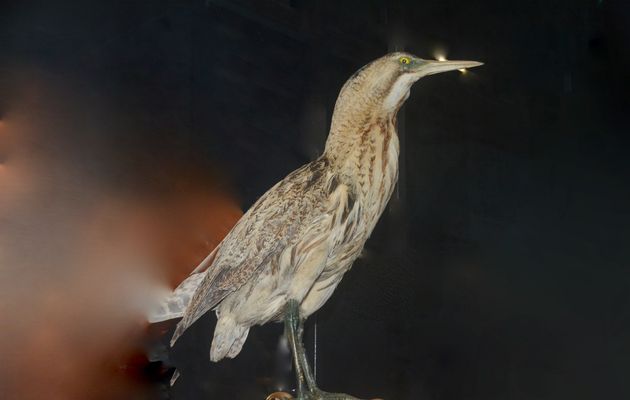The bittern’s camouflage
It is a strong, timid, solitary and hard-to-find member of the heron family, whose brownish-red plumage bears a number of dark streaks, and which lives among the reeds in marshy wetland.
25 MARCH 2018 · 17:00 CET

…the owl, the bittern and the swan, ... (Lev. 11:17).
The Hebrew word qã’ãth, which appears in some verses in the Old Testament (Lev 11:17; Deut 14:17; Psalm 102: 7; Zephaniah 2:14), is a term which has proven difficult to translate. Hence, depending on the version, it will appear translated as bittern, pelican, grebe or cormorant, or even as seagull.
It must be remembered that to translate correctly all the Hebrew terms for all the flora and fauna mentioned in the Old Testament it is necessary to have a very good understanding not only of ancient terminology, but also of the flora and fauna that were to be found in Bible lands at that time. Not all the translators who rendered these common ancient terms in modern languages (German, English, French, Spanish, Italian etc.) possessed such extensive botanical and zoological knowledge. This was the reason for the diversity of names in translations in these languages, which new translations have been endeavouring to rectify. In this regard, some translators believe that it is the pelican that possesses all the features of the bird as it is described in the Old Testament references to the term qã’ãth, so this term is regarded as preferable to ‘bittern’.
Nevertheless, as the term bittern continues to appear in some versions, it would be worth offering a brief description of this bird. It is a pelican-like species, belonging to the Ardeidae family, and native to the wetlands of Eurasia and Africa, of which the scientific term is Botaurus stellaris, or common bittern.
It is a strong, timid, solitary and hard-to-find member of the heron family, whose brownish-red plumage bears a number of dark streaks, and which lives among the reeds in marshy wetland. When it is interfered with it stretches out its neck, with its beak pointing upwards, and remains motionless for several minutes. In this way it camouflages itself perfectly among the reeds.
It feeds on small fish, amphibious organisms, invertebrates, mice and shallow-water plants.
Needless to say, it features in the list of unclean and therefore non-kosher food for Jews. However, this bird is an excellent example of adaptation, not only corporally, but also in its behaviour, to the habitat in which it lives. Was this the result of chance, or was it designed? Mathematicians will tell us that chance does not exist.
Published in: Evangelical Focus - Zoe - The bittern’s camouflage
